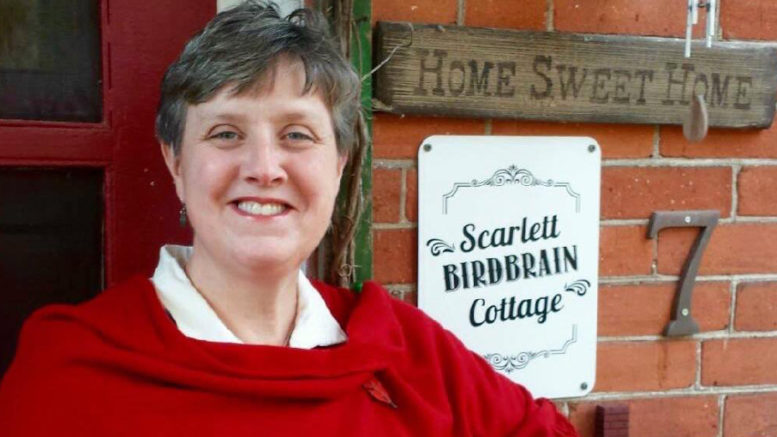Laurie Snider
Notes from the Nest
The groomsmen, clad in charcoal grey suits and navy ties, were standing tall and handsome in a neat row, as the bridesmaids processed towards the altar. They were resplendent in striking, navy gowns, upswept hair-dos, each carrying splendid, white bouquets, as they took their places at the altar, on the opposite side.
Gently, the lovely, young lass, performing her duties as flower girl, scattered white rose petals along the aisle, before situating herself next to the other attendants. For a few, last, lingering moments, the bride was hidden from view of the congregants, behind frosted, glass doors, only her silhouette appearing, back lit by the sun.
The groom, who’d been grinning and sharing a few, last-minute quips with his companions, looking as dapper and stylish as I’ve ever seen him in his tux and bow tie, shifted nervously, as he waited for the doors to open. The music played and the doors opened wide, revealing Sarah, the stunning bride and star of this show.
Curtis gasped and his eyes glistened, as he watched the beautiful, young woman, who was about to become his wife, slowly drift up the aisle toward him. It was a magical moment. If Walt Disney himself had been there to choreograph it, it couldn’t have been a more perfect sight.
This past weekend in Elora, Ontario, I became something I’ve never been before — a mother-in-law —and gained something I’ve never had before — a daughter-in-law — and my heart was bursting! Curtis, our oldest child, married his university sweetheart and it was a romantic, jubilant, joyous, sparkling affair, celebrated with all of their dearest family and friends.
The union of a man and woman in matrimony, has been around for centuries. In 1076, the Council of Westminster made it law, that marriage must be blessed by a priest. By the 16th Century, in addition, witnesses were required and contracts and legal documents were signed.
There are many kinds of ceremonies, depending on culture, ethnicities and religion but most involve an exchange of vows, an exchange of rings or gifts and a public proclamation of the marriage by an authority figure or celebrant. Usually special garments are worn and often the ceremony is followed by some kind of party or celebration.
Brides have only been wearing white to weddings since the time of Queen Victoria, when she wore a white, lace dress, as a sign of prosperity, rather than purity. Veils have been worn by brides for a few different reasons. In ancient Rome and Greece, the veils were thought to protect brides from evil spirits. Later on, they were used especially for arranged marriages, so the bride wouldn’t be revealed beforehand. There are even tales, telling of father’s disguising daughters, they felt were lacking in looks, to prevent grooms from changing their minds before the ceremony.
Bridesmaids used to dress similarly to the bride, again to deter those ever-lurking, nasty, evil spirits, so they couldn’t tell which one the bride was. The title “best man”was coined after the man, who was best at welding swords or weapons. Often times his services were required, to prevent either the bride from escaping, during the ceremony or to prevent disgruntled family members or past loves, from disrupting the events.
It’s only been since the early 20th Century that grooms have also worn rings. Prior to that, it was only brides. In early Greek and Roman times, it was seen as a symbol of ownership. It’s placed on the fourth digit of the left hand, because of an ancient Roman belief that that finger contained a vein, called the vena amoris, that led directly to the heart.
During earlier times, wedding cakes were small, wheat cakes, that were broken over the brides’ head, which was said to be lucky. The guests would scramble on the floor, attempting to pick up crumbs, so they could also benefit from this great luck. The deals were sealed when priests would give the groom a kiss of peace, that he would pass onto the bride, to bless their marriage. This is why, grooms kiss their brides.
As of 2016, the global wedding industry was worth $300 billion. Eighty-seven per cent of Canadians say spending around $20,000 is a realistic price tag for a wedding, compared to around 4,000 just 40 years ago. Wow!
For their first dance Curtis and Sarah dazzled us, with a whirl around the dance floor, worthy of Dancing with the Stars. They’d apparently been taking ball-room dancing lessons, on the sly, to help Curtis with his two left feet. Their unexpected promenade, capped off a day filled with an abundance of love, enchantment and delight. I can’t think of a better way, to begin their life together as man and wife!

